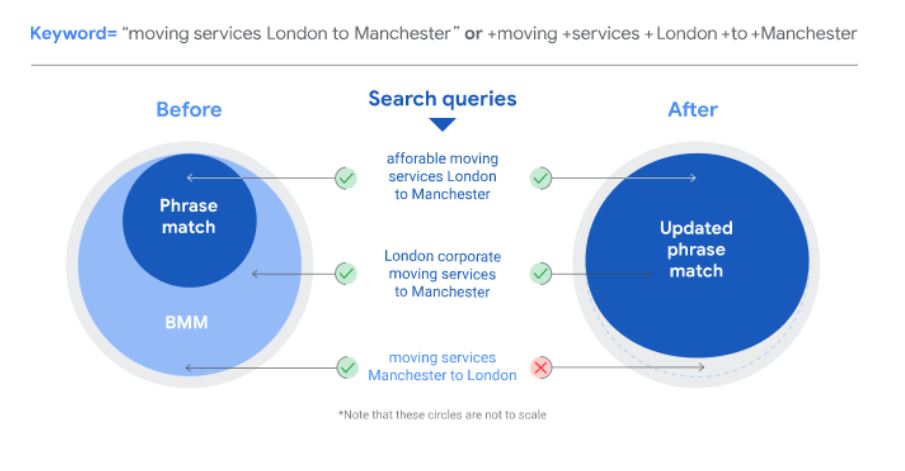A good overview and the correct order are very helpful for the daily optimization of your Google ads. For this, you need a good structure for your Google Ads Account. But what does that mean? What are the parts of a Google Ads account and which is the best setup for these parts? This is an article for Google Ads beginners which explains the basic setup of a good Google Ads Account.
Contents
Basics: The structure of Google Ads
Before we start with all the tips for the different parts of Google ads, let’s first take a look at how Google Ads is organized.
There are three different layers below your account:
- Campaigns
- Ad groups
- Keywords



Tip: If you have to manage more than one account, the Google Ads Manager Account is probably the right choice. The Manager Account, previously known as My Client Center (MCC), can help you to manage multiple accounts with a single login and a dashboard.
Once you understand this basic structure, we can now go deeper into different parts.
Campaign Level
The campaign level is the first level below your Google Ads account. But how should campaigns differ from each other? First of all, there is no right or wrong. You can organize your campaigns in different ways. In most cases, campaigns are differentiated by different options, such as budget or goals (like awareness, goals or leads).
A popular differentiation is, for example, different campaigns for brand and non-brand keywords. You should also separate your display campaigns from your regular search ads.
Ad Group Level
In an ad group, you can create different specific text ads and a list of search keywords. Google adds with the ad group level a layer of granularity for more control. This helps you reach the right customers with the right ad message.
The recommendation for the ad group level is to create ad groups around themes or products. Each ad group contains a unique list of keywords. The best practice for ad groups states, that you should implement three to five ads per ad group. Use also at least three extensions for each campaign or ad group.
One big question that doesn’t have a clear answer is whether you should also structure your ad groups based on the match type of the keywords. Splitting the match types into different ad groups makes it easier when it comes to add search terms. Each non-exact campaign has an equivalent exact match campaign, which gives you a great overview. The broad match campaign might give you new keyword ideas that you can later include in the exact match campaign. If you do it this way, however, this keyword must then in turn be added to the Broad Match campaign as a Negative Keyword. This prevents problems with different bid prices in the different match types. Overall, it’s important to consider the specific goals of your campaign and to carefully monitor the performance of your different keyword types in order to determine the best approach for your needs.
A very special form of structuring ad groups are SKAGs: Single Keyword Ad Groups. As the name implies, SKAGs contain only a single keyword (which can have different match types). With SKAGs you have the ultimate control over the bid and advertisement that goes along with it. On the other this form of ad grouping is time-consuming and with a lot of keywords, it’s hard to keep an overview. And these are just a few arguments why SKAGs are a hot and controversial topic in the PPC community.
Keyword Level
Originally there were five match type options for keywords:
- broad match
- broad match modifier
- phrase match
- exact match
- negative
These options define the range when your ads will show up in the Google Search.
Broad match for example is the right choice if you want the widest possible audience. If you choose broad match, then Google shows your ads if a keyword (or any variations like misspellings, synonyms, or related searches) are included in a user’s search terms.
With broad match modifier and phrase match, you can advise Google that the ad should only show if for example some other words are also included in the user’s search term. In February 2021 Google announced, that they will combine phrase match and broad match modifier to “updated phrase match”.

In July 2021, the creation of broad match modifier keywords will no longer be available.
The exact match option provides you complete control. Your ads will only show if the search means the same thing as your keyword. In the past, Google has been stricter in the interpretation of “exact”. Today strict includes also close variations of your keyword, like misspellings, plurals, and synonyms.
And last but not least, with negative keywords you define keywords where your ads won’t show if someone includes these words in their search.
This little summary of the match types helps you to choose the right one. If you want to discover new interesting keywords, then broader match types like broad and broad match modifier/phrase match is the right choice. On the other hand, if you know your profitable keywords, then you should use the exact match.
